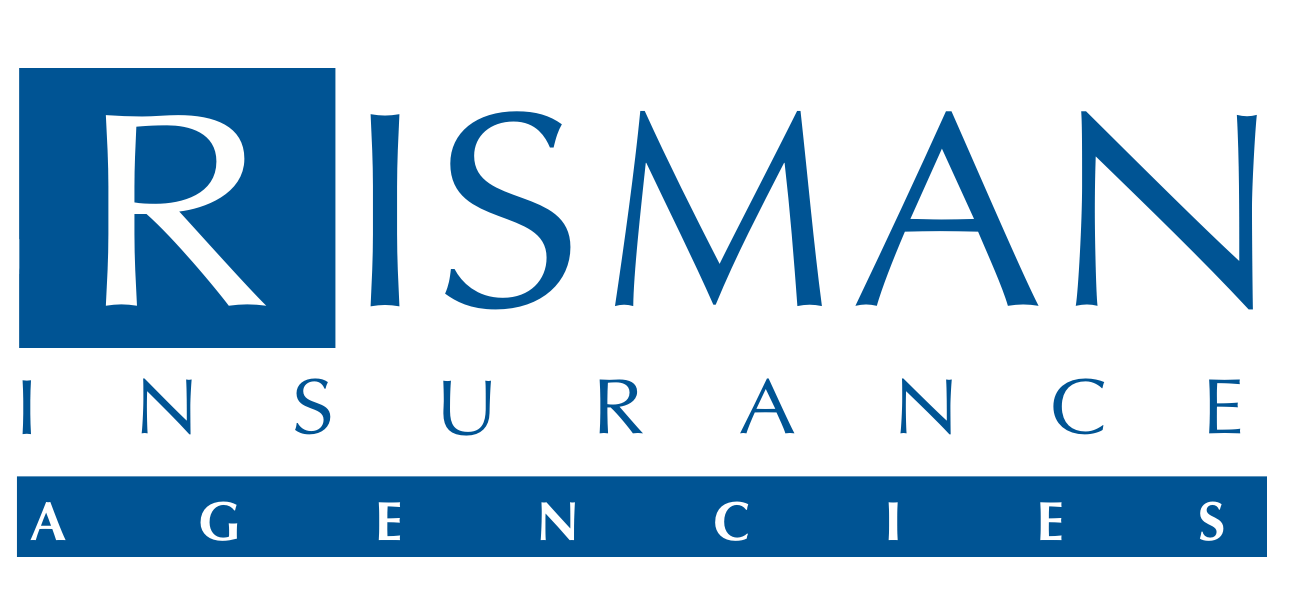Every holiday, between the stuffing and the pie, someone corners me with an insurance question. If you insure friends or family, you know the drill. I don’t mind—being the go-to is part of why I love this job.
And the topic I always bring up is the personal umbrella policy. I’ve convinced multiple relatives to get one—often after their accountant or financial planner gives them that extra nudge. If you’ve wondered what a personal umbrella is, why it matters even if you’re not “rich,” and how excess uninsured/underinsured motorist (UM/UIM) fits in, here’s the plain-English version.
What is a personal umbrella policy?
Think of your home and auto policies as your everyday shoes. A personal umbrella is the raincoat that goes over everything when the weather turns ugly.
In insurance terms: a personal umbrella policy is extra liability insurance that sits over your auto, homeowners, renters, and landlord policies. When a claim exceeds the liability limits on those base policies, the umbrella can kick in.
Common benefits:
- $1–5+ million in additional liability coverage
- May include legal defense costs
- Often follows you worldwide
- Helps with big, bad-day scenarios: multi-car injuries, dog bites, pool or trampoline accidents, rental property incidents, libel/slander claims, and more
Coverage varies by insurer and state. Review your specific policy and exclusions.
“I’m not rich. Why would I need one?”
Because lawsuits don’t just look at your bank balance today—they can reach for future wages, home equity, and investments. A single serious accident can outsize typical policy limits. A personal umbrella is a relatively low-cost way to transfer high-severity risk.
Real-life examples:
- Teen driver causes a crash with multiple injuries—medical bills and lost wages pile up fast.
- Dog bite at a backyard cookout.
- E-bike or scooter collision with a pedestrian.
None of this requires you to be wealthy—just unlucky.
College students and young professionals: yes, you too
If you plan to earn more later, you have future assets to protect. Judgments can linger. An umbrella can safeguard tomorrow’s paycheck from today’s accident. If you’re part of a parent’s household, their umbrella may extend protection—ask how your situation is set up.
How much does personal umbrella insurance cost?
Pricing varies by insurer and risk profile (drivers, tickets/accidents, properties, dogs, pools, boats). The headline is the leverage: you’re typically buying millions of dollars in protection for a comparatively modest premium. Add youthful drivers or rental properties and expect more, but the math can still make sense.
Minimum underlying limits (the fine print that matters)
Most umbrellas require you to carry certain underlying liability limits on your base policies. Typical minimums:
- Auto liability: often $250,000/$500,000 (or a $300,000 single limit)
- Homeowners/Renters/Landlord liability: often $300,000
If you’re under these, it’s usually straightforward to adjust your limits.
Don’t skip excess UM/UIM (uninsured/underinsured motorist)
This one’s easy to overlook and incredibly valuable. UM/UIM on your auto policy protects you and your household when the at-fault driver has too little or no insurance. Some umbrellas let you add excess UM/UIM to extend that protection above your auto limits.
Why it matters:
- State-minimum drivers are out there, and medical costs aren’t cheap.
- Households that drive a lot, carpool, bike, or walk have more exposure.
- Serious injuries + low limits from the other driver = a financial gap you don’t want.
If it’s available in your state with your insurer, ask for excess UM/UIM by name.
Quick myths to retire
“Umbrellas are only for the wealthy.”
Not true. Large claims don’t check your net worth first.
“I have full coverage on my car, I’m fine.”
“Full coverage” isn’t a standard term. You need high liability limits and ideally an umbrella.
“My home is paid off, I’m safe.”
Paid-off homes can be more attractive in litigation.
Who especially should consider a personal umbrella?
- Households with teen drivers
- Homeowners with a pool, trampoline, or frequent guests
- Dog owners (breed and bite history can matter)
- Landlords and short-term rental hosts
- High-visibility or public-facing professions
- Anyone with assets now—or income potential later
What to do next (quick checklist)
- Confirm your current limits on auto and home.
- Raise base liability if needed to meet umbrella minimums.
- Quote $1M–$5M umbrella options and compare.
- Ask about excess UM/UIM availability in your state.
- Review exclusions (watercraft, certain dogs, business activities, etc.).
- Bundle with your current carrier(s) if it helps pricing and simplicity.
Frequently Asked Questions (FAQ)
What does a personal umbrella policy cover?
Generally, it provides additional liability insurance above your auto/home/renters/landlord policies and may include defense costs. It’s designed for large claims once base limits are exhausted.
Does umbrella insurance cover my business activities?
Typically no—that’s what commercial liability or a business owners policy (BOP) is for. Some limited incidental business coverage may exist; check your policy.
Is an umbrella worth it if I rent?
Yes. Pair a renters policy with adequate liability and add an umbrella. You still face personal liability exposures.
Will an umbrella cover my teen driver?
Usually yes, if your teen is listed on your auto policy and you meet underlying limits. It’s one of the strongest reasons to buy an umbrella.
How much umbrella insurance should I buy?
Consider your assets + future income, risk profile (drivers, property, lifestyle), and your comfort with rare but severe events. Many start at $1M and scale up.
Curious what an umbrella would cost for your household—and whether excess UM/UIM is available in your state?

Recent Comments